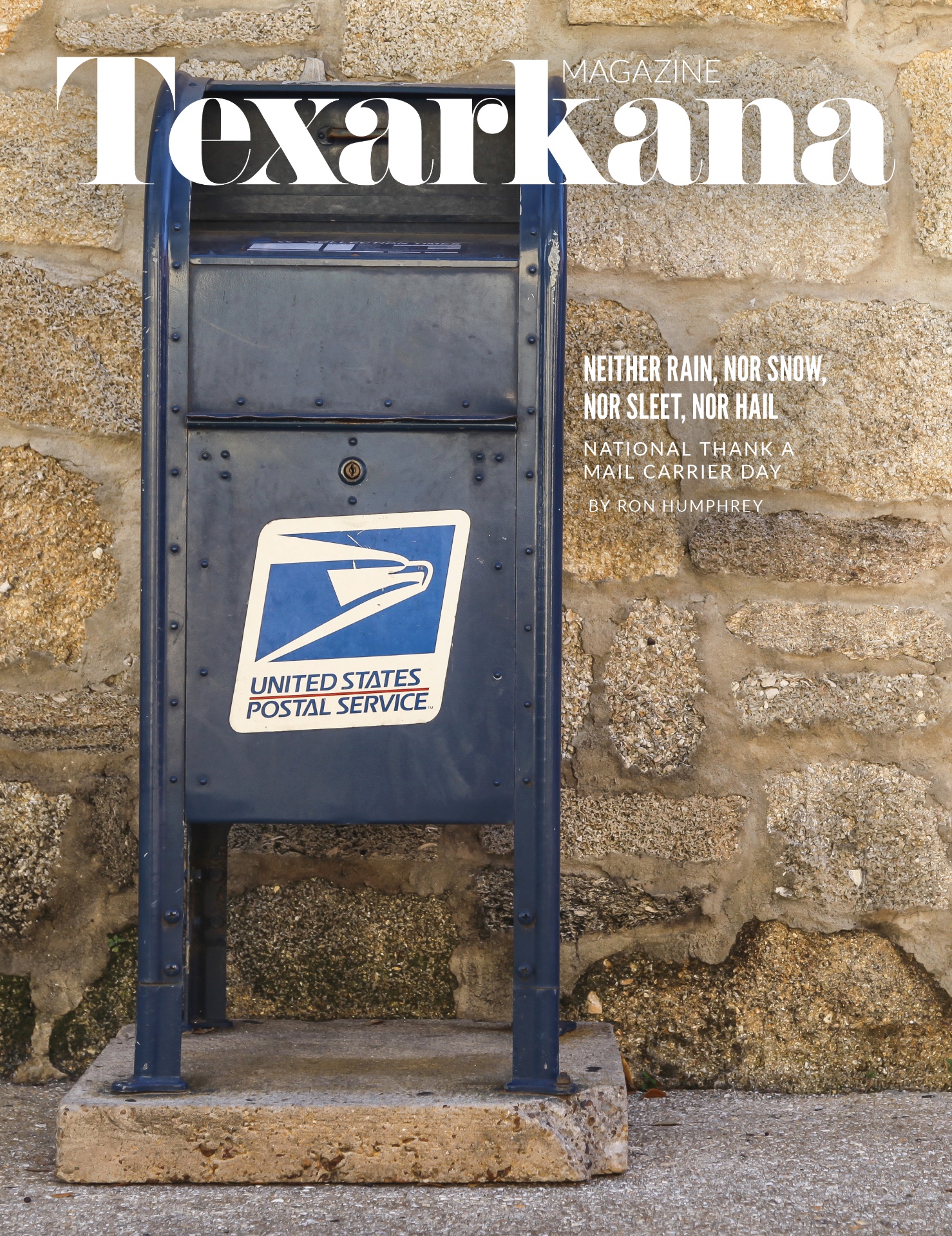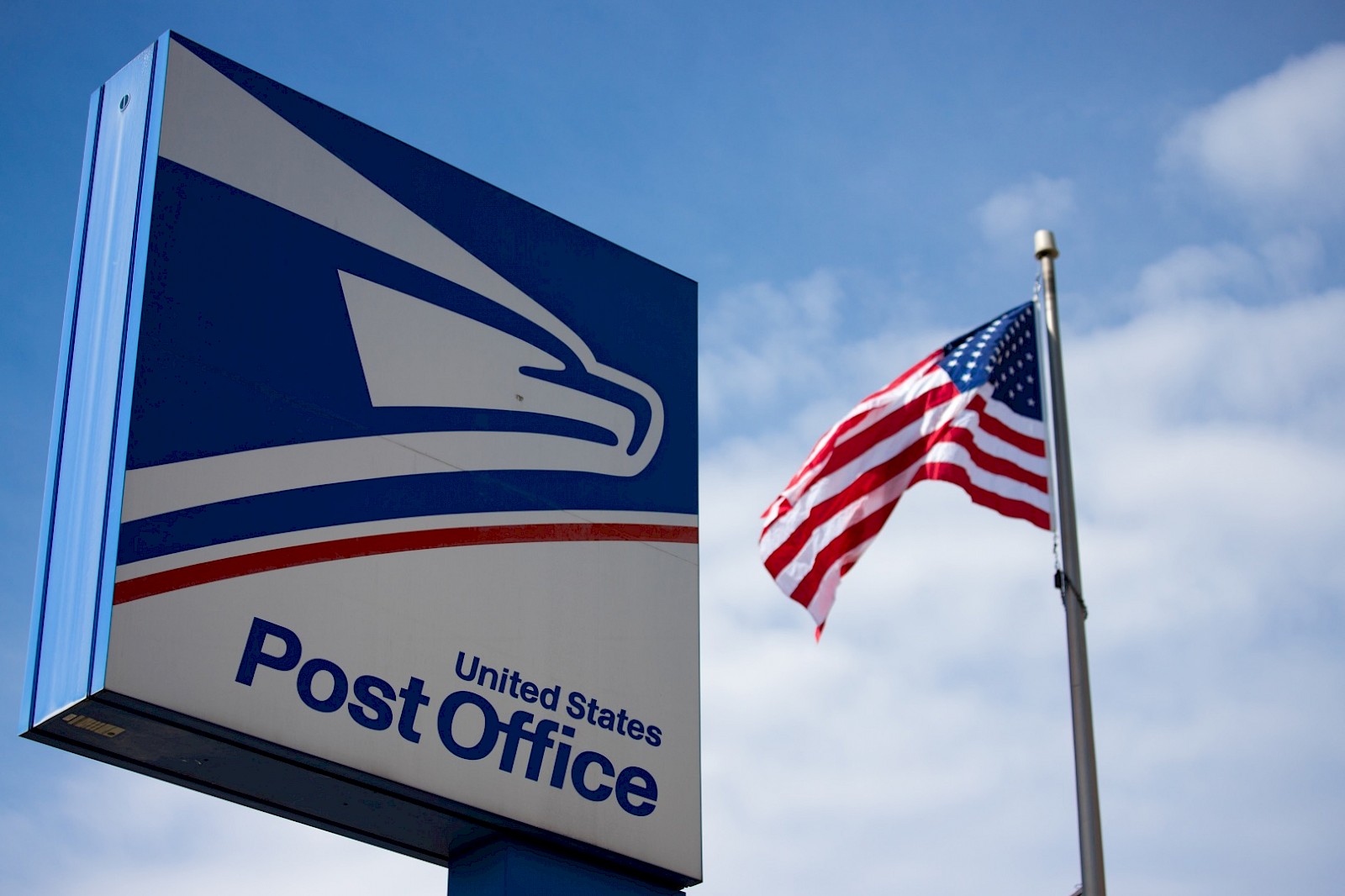Neither Rain, Nor Snow, Nor Sleet, Nor Hail

I cannot remember a time that the United States Postal Service, and specifically the employees who deliver mail, were not a part of my life. My father, Bill Humphrey, was hired as a city letter carrier in New Boston, Texas, shortly after my birth in 1955. He was one of only two men who served the customers of New Boston six days a week, no matter the weather. So, I was almost delivered by mail. That line would play a future role in my life that required a lot of explanation, but more on that later.
My grandfather, Tom Humphrey, had also worked for the Post Office Department, as it was originally called, as a part-time employee during heavy mail times and filled in for full-time personnel on their days off. He delivered mail on rural routes and worked inside, sorting mail and putting it in post office boxes.
It shouldn’t surprise anyone that I went to work for the newly named United States Postal Service in 1974 and worked there until 2014, with a three-year break from 1981 to 1984. It was always fun to see people’s expressions when they would ask what company I worked for, and I would explain I worked for a company that had existed since before the founding of the United States. The Post Office department was established in 1775 with Benjamin Franklin as the first Postmaster General to create a system of post roads and delivery personnel to facilitate communication in the colonies and in the soon-to-be-formed United States of America.
The methods of mail sortation and preparation for delivery changed very little over the next 150 years from that establishment. Most have heard of the Pony Express that was established to get mail from one location to another by horseback. The changes in delivery methods came as new technologies developed for transportation, going from horses to trains, to automobiles and airplanes. The delivery of mail, except for those transportation methods, changed very little. Men and women walked or used the vehicles of their day to go from house to house and business to business, taking letters and packages to their customers.
My dad told me stories of his days walking the route he had, which was mostly on the south side of New Boston. He knew everyone and their addresses which came in handy because the first part of his daily duties was to “case the mail” which involved putting the mail in delivery sequence in a six-shelf case with approximately one-inch separations labeled in order of the route. Magazines and larger envelopes were separated into sections of the case for what are still referred to as flats, and they were manually put into delivery order. This was what was in the leather satchels carried on the shoulders of city carriers. No matter how hot or cold, whether sun or rain, these carriers walked their routes each day. Parcels that were too big to go into the satchels were usually left at the post office and notices for pick up were delivered with the mail. That changed when vehicles were introduced into city delivery.

Dogs were always a concern for letter carriers. The one story my dad told of dog troubles was about a dog who chased him daily until he finally had enough and picked up a rock to throw and scare the dog. He didn’t intend to hit it. While he managed to miss the dog, the rock bounced off a concrete driveway and broke a window on the house. Paying to replace the window cost him more than he earned that day. So, he warned me to never throw rocks when I became a carrier in 1974.
His favorite part of carrying mail was seeing the joy on the faces of his customers, especially parents hearing from children who may have been on the other side of the world, as there were few other methods of long-range communication available to the public. I enjoyed that as well. When a timely personal letter, a favorite magazine, an acceptance notification, or an anticipated check or parcel was delivered, you felt the emotion of your customer.
My wife Terry and I have three children. The middle child was born while I carried mail in New Boston. He had red hair, which, even though neither Terry nor I were redheaded, ran in both our families. I carried the route we lived on, so we would say that his red hair came from the mailman. He began to repeat that. As I mentioned, there was a three-year period when I wasn’t working for the Postal Service. We had some friends during that time who didn’t know I had worked there, so when John would offer the explanation of his red hair, we would have to quickly explain where I had once worked.
I returned to the Postal Service in Texarkana and delivered mail for six years. Carrying mail was fun and trying. Weather changes in East Texas are well known, so heat, cold, rain, sleet, even tornadoes were all part of the routine. Serving the public by delivering mail was a fun career, and I enjoyed it tremendously. I closed my Postal career by moving into management as a supervisor of carriers, then as a Postmaster and the last Manager of the Downtown Station in the historic U.S. Courthouse and Post Office Building that sits on State Line Avenue and is in both Texas and Arkansas.
February 4 is National Thank a Mail Carrier Day, so, when your carrier comes by, whether they are a city or rural carrier, let them know how much you appreciate them. The past two years have been difficult for them as they deal with going door-to-door and business-to-business with the concern of the pandemic. Just tell them thanks! Their job is more difficult than you think. They are truly heroes!

